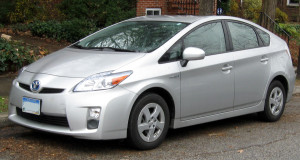
A lot of people think that car safety can be summed up in three words when it comes to staying alive on the roads:
Bigger Is Better.
Is that true sometimes?
Definitely.
I’ve written about head-on and side impact collisions involving semi trailers and passenger vehicles, such as this one and this one, where that “bigger is better” maxim certainly applies. There isn’t a passenger vehicle on the road that would have kept Santos Reyes or Sarah Sanagan alive–no, not even a 2016 XC90, which currently leads all vehicles in side impact resistance, or a 2016 Tesla Model S, no matter how much Elon Musk and Co. tout it as the safest vehicle ever tested. There are some cases where mass simply wins.
However, there are a lot of cases where it doesn’t. And we’re going to talk about those today. Not specific collisions, but the driver death rates of certain smaller vehicles vs. certain larger vehicles. You might be surprised to learn that the big, bad pickup trucks and huge SUVs you see on your daily commutes aren’t always the safest things on the road. Statistically, a lot of them are more likely to kill their drivers than vehicles weighing half or even a third as much. Ready to challenge some misconceptions? So am I!
Which small cars are safer than which big SUVs, pickups, and minivans?
Every few years, the IIHS crunches numbers collected by the NHTSA on fatal crashes throughout the United States within a given period, and spits out a status report that describes an extrapolated driver death rate for a range of new vehicles sold within the given time period.
It’s not a perfect measure by any means, and there are a number of limitations to the design (for example, the margin of error for individual vehicles can be large enough that drawing conclusions comparing individual vehicles becomes difficult), but it does give us a good starting point to estimate, on average, how likely drivers are to die when driving one vehicle vs. another. And in 2015, they released the most recent driver death rate (DDR) status report, which I wrote about here. And guess what the safest small vehicle was?
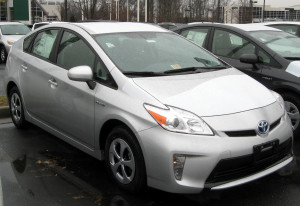 The 2010-2011 Toyota Prius. It had a DDR of 16, which is a fancy way of saying that if 1 million people drove a ’10-’11 Prius for a year, you’d expect 16 of them to die as drivers in a collision. Nine of those deaths would be predicted to occur in multi-vehicle collisions while 7 would be predicted to occur in single vehicle crashes. This is pretty good.
The 2010-2011 Toyota Prius. It had a DDR of 16, which is a fancy way of saying that if 1 million people drove a ’10-’11 Prius for a year, you’d expect 16 of them to die as drivers in a collision. Nine of those deaths would be predicted to occur in multi-vehicle collisions while 7 would be predicted to occur in single vehicle crashes. This is pretty good.
The ’10-’11 Prius, by the weigh (ha!), weighs 3,042 lbs.
In comparison, only 12 other cars did better, and they were all either mid-sized family cars, mid-sized luxury cars, or very large cars. So who did worse?
Which large cars were less safe than a Toyota Prius?
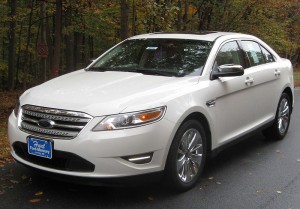 2010-2011 Ford Taurus 2WD — 20. Weighing a minimum of 4,015 lbs, the Taurus had a DDR of 20, which, while very close to that of the Prius and within the margin of error, was still higher.
2010-2011 Ford Taurus 2WD — 20. Weighing a minimum of 4,015 lbs, the Taurus had a DDR of 20, which, while very close to that of the Prius and within the margin of error, was still higher.
Think about that for a second. In a vehicle that weighed at least 1,000 lbs more, you’d have been slightly more likely to die overall in collisions than if you’d been in a Prius. Incidentally, the multi-vehicle death rate of 10 was also higher than that of the Prius at 9, suggesting you’d be more likely to die in a multi-vehicle collision in a Taurus than in a Prius.
Surprised? You’re not alone. But there are even more standouts. Here are a few.
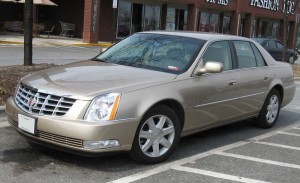 2009-2011 Cadillac DTS — 46. Weighing 4,009 lbs, the DTS is a beast on the roads compared to most cars, but it didn’t keep its drivers any more safe than those who chose a Prius. In fact, your odds of dying in a DTS were more than 3 times higher than those odds in a Prius.
2009-2011 Cadillac DTS — 46. Weighing 4,009 lbs, the DTS is a beast on the roads compared to most cars, but it didn’t keep its drivers any more safe than those who chose a Prius. In fact, your odds of dying in a DTS were more than 3 times higher than those odds in a Prius.
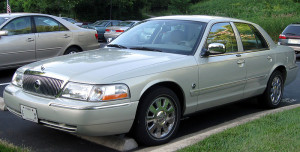 2009-2010 Mercury Grand Marquis — 57. Weighing 4,118 lbs, it’s another very heavy vehicle that was far, far more likely to be involved in driver fatalities than the Prius.
2009-2010 Mercury Grand Marquis — 57. Weighing 4,118 lbs, it’s another very heavy vehicle that was far, far more likely to be involved in driver fatalities than the Prius.
Which mid-size SUVs were less safe than a Toyota Prius?
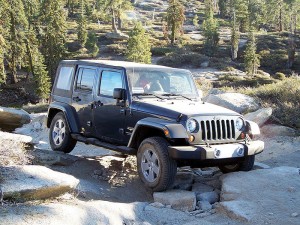 2008-2011 Jeep Wrangler 4-door 4WD — 21. The 4-door 4WD Wrangler weighs around 4,005 lbs at the Sahara trim level, but was still more likely to be involved in driver fatalities, both in multiple-vehicle collisions (11) and in single vehicle crashes (10). It’s important to note that this is one of the few vehicles still sold today in the United States that doesn’t come standard with side airbags.
2008-2011 Jeep Wrangler 4-door 4WD — 21. The 4-door 4WD Wrangler weighs around 4,005 lbs at the Sahara trim level, but was still more likely to be involved in driver fatalities, both in multiple-vehicle collisions (11) and in single vehicle crashes (10). It’s important to note that this is one of the few vehicles still sold today in the United States that doesn’t come standard with side airbags.
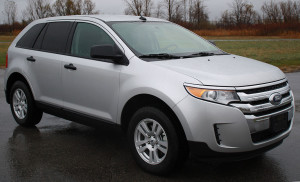 2008-2011 Ford Edge 4WD — 41. The Edge 4WD weighs around 4,086 lbs, but was approximately 3 times more likely to be involved in driver fatalities than the Prius, and featured much higher multiple-vehicle fatalities (17) and single vehicle crash fatalities (24).
2008-2011 Ford Edge 4WD — 41. The Edge 4WD weighs around 4,086 lbs, but was approximately 3 times more likely to be involved in driver fatalities than the Prius, and featured much higher multiple-vehicle fatalities (17) and single vehicle crash fatalities (24).
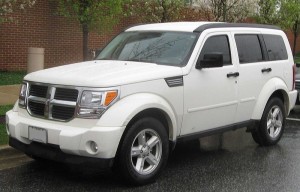 2008-2011 Dodge Nitro 2WD — 51. Despite weighing at least 3,932 lbs, the 2WD Nitro was the worst-performing mid-sized SUV in the IIHS survey of new vehicles, and was more than 4 times as likely to be involved in driver fatalities as the Prius. The multiple-vehicle fatality figure (7) was lower, but the single vehicle figure (50) was much, much higher.
2008-2011 Dodge Nitro 2WD — 51. Despite weighing at least 3,932 lbs, the 2WD Nitro was the worst-performing mid-sized SUV in the IIHS survey of new vehicles, and was more than 4 times as likely to be involved in driver fatalities as the Prius. The multiple-vehicle fatality figure (7) was lower, but the single vehicle figure (50) was much, much higher.
Which large SUVs were less safe than a Toyota Prius?
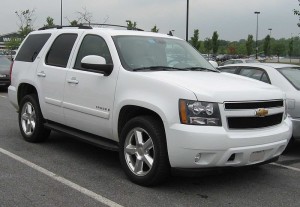 2008-2011 Chevrolet Tahoe 2WD — 18. Weighing in at more than 5,636 lbs, the 2WD Tahoe had a higher DDR than the Prius despite weighing close to 2,000 lbs more. The multiple vehicle fatality rate (8) was slightly lower, but the single vehicle fatality rate (10) was slightly higher.
2008-2011 Chevrolet Tahoe 2WD — 18. Weighing in at more than 5,636 lbs, the 2WD Tahoe had a higher DDR than the Prius despite weighing close to 2,000 lbs more. The multiple vehicle fatality rate (8) was slightly lower, but the single vehicle fatality rate (10) was slightly higher.
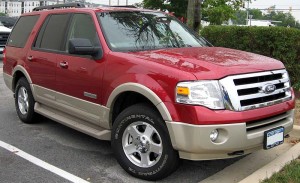 2008-2011 Ford Expedition 2WD — 36. The Expedition is a beast, weighing at least 5,578 lbs, yet it still had a DDR more than 2x as high as that of the Prius. In fact, the 2WD Expedition was the worst large SUV surveyed in the IIHS study, primarily due to its multiple vehicle fatality rate (30). The single vehicle fatality rate was lower (5).
2008-2011 Ford Expedition 2WD — 36. The Expedition is a beast, weighing at least 5,578 lbs, yet it still had a DDR more than 2x as high as that of the Prius. In fact, the 2WD Expedition was the worst large SUV surveyed in the IIHS study, primarily due to its multiple vehicle fatality rate (30). The single vehicle fatality rate was lower (5).
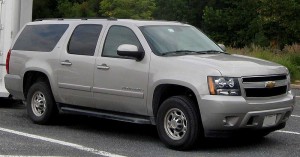 2008-2011 Chevrolet Suburban 1500 2WD — 60. The dubious honor of the worst “very large” SUV surveyed by the IIHS went to the 2WD Suburban, which, despite its starting weight of 5,607 lbs, had a DDR nearly 4x higher than that of the Prius.
2008-2011 Chevrolet Suburban 1500 2WD — 60. The dubious honor of the worst “very large” SUV surveyed by the IIHS went to the 2WD Suburban, which, despite its starting weight of 5,607 lbs, had a DDR nearly 4x higher than that of the Prius.
Think about that. As a driver, you were nearly 4x more likely to die if you were driving a new Suburban than if you were driving a new Prius. If that doesn’t suggest large vehicles aren’t always as safe as we think they are, I’m not sure what does. And we can’t even argue that it just did particularly badly in one area, as it had both a high multiple vehicle fatality rate (31) and a high single vehicle fatality rate (28). It was safer to be a driver in a Prius both in single vehicle crashes and in multiple vehicle crashes than it was to be a driver in a Suburban.
Which large pickup trucks were less safe than a Toyota Prius?
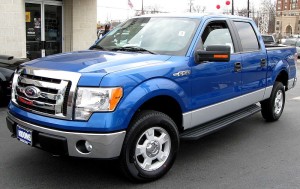 2009-2011 Ford F-150 Super 4WD — 39. The F-150 is the most popular pickup truck in the US and also the most popular passenger vehicle sold in the US. However, if you drove one in the above model years, you were statistically 2x as likely to die as you would have been while driving a Prius, despite its weighing 5,683 lbs. Both the multiple vehicle rate (13) and single (26) rate were higher than that of the Prius.
2009-2011 Ford F-150 Super 4WD — 39. The F-150 is the most popular pickup truck in the US and also the most popular passenger vehicle sold in the US. However, if you drove one in the above model years, you were statistically 2x as likely to die as you would have been while driving a Prius, despite its weighing 5,683 lbs. Both the multiple vehicle rate (13) and single (26) rate were higher than that of the Prius.
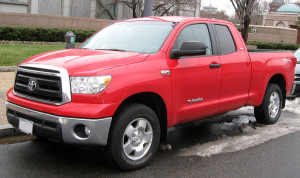 2008-2011 Toyota Tundra Crew Max 2WD — 41. The Tundra is the largest vehicle Toyota sells in the US, but the numbers reveal it to be far from the safest. Despite weighing close to 5,785 lbs, it suffered from a DDR more than 2x as high as that of the Prius, with a multiple vehicle fatality rate of 34 and a single vehicle fatality rate of 6. In other words, you were more likely to be involved in a fatal multiple-vehicle collision while driving this Tundra than while driving a Prius.
2008-2011 Toyota Tundra Crew Max 2WD — 41. The Tundra is the largest vehicle Toyota sells in the US, but the numbers reveal it to be far from the safest. Despite weighing close to 5,785 lbs, it suffered from a DDR more than 2x as high as that of the Prius, with a multiple vehicle fatality rate of 34 and a single vehicle fatality rate of 6. In other words, you were more likely to be involved in a fatal multiple-vehicle collision while driving this Tundra than while driving a Prius.
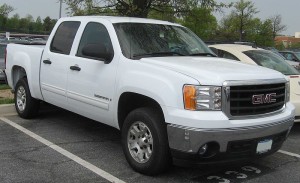 2010-2011 Chevrolet Silverado 1500 Crew 4WD — 79. The dubious award for the most dangerous pickup truck surveyed by the IIHS went to the Crew 4WD trim of the Silverado, which was just about 5x as likely to be involved in a crash that killed its driver than the Prius during the years surveyed. This occurred despite its approximately 5,345 lbs of curb weight. It performed poorly both in multiple vehicle situations (40) and single vehicle fatalities (36).
2010-2011 Chevrolet Silverado 1500 Crew 4WD — 79. The dubious award for the most dangerous pickup truck surveyed by the IIHS went to the Crew 4WD trim of the Silverado, which was just about 5x as likely to be involved in a crash that killed its driver than the Prius during the years surveyed. This occurred despite its approximately 5,345 lbs of curb weight. It performed poorly both in multiple vehicle situations (40) and single vehicle fatalities (36).
Which minivans were less safe than a Toyota Prius?
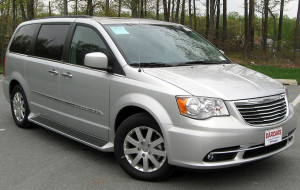 2008-2011 Chrysler Town & Country — 25. Multiple family vans scored more poorly than the Prius when it came to preserving their drivers, including the T&C, which weighs at least 4,335 lbs. Its multiple vehicle fatality rate (16) and single vehicle fatality rate (8) were both higher than that of the Prius.
2008-2011 Chrysler Town & Country — 25. Multiple family vans scored more poorly than the Prius when it came to preserving their drivers, including the T&C, which weighs at least 4,335 lbs. Its multiple vehicle fatality rate (16) and single vehicle fatality rate (8) were both higher than that of the Prius.
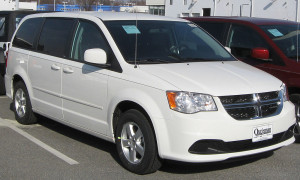 2008-2011 Dodge Grand Caravan — 27. The badge twin of the Town & Country, the Grand Caravan started at 4,321 lbs, but this still wasn’t enough to protect its drivers over those in a Prius. It featured a lower single vehicle fatality rate (4) but a much higher multiple vehicle fatality rate (22).
2008-2011 Dodge Grand Caravan — 27. The badge twin of the Town & Country, the Grand Caravan started at 4,321 lbs, but this still wasn’t enough to protect its drivers over those in a Prius. It featured a lower single vehicle fatality rate (4) but a much higher multiple vehicle fatality rate (22).
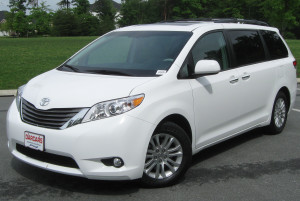 2011 Toyota Sienna 2WD — 27. Finally, Toyota’s van offering, the Sienna, also performed poorly compared to the Prius, with a multiple vehicle fatality rate of 12 and single vehicle fatality rate of 16, despite its starting weight of 4,275 lbs.
2011 Toyota Sienna 2WD — 27. Finally, Toyota’s van offering, the Sienna, also performed poorly compared to the Prius, with a multiple vehicle fatality rate of 12 and single vehicle fatality rate of 16, despite its starting weight of 4,275 lbs.
Why is the Toyota Prius safer than so many large cars, SUVs, pickup trucks, and minivans?
This, to me, is the most important–and interesting–question: why did the Prius do so much better at keeping its drivers alive than a plethora of large cars, mid-sized and large SUVs, large pickup trucks, and minivans, especially when dwarfed in weight by so many of them?
To me, it comes down to the drivers, rather than the vehicles themselves. Nearly all of these vehicles featured ESC as a standard feature, and nearly all of these vehicles featured side airbags and good frontal and side crash scores. However, the way we drive is often influenced to a large degree by what we drive. Beyond that, different kinds of drivers tend to choose different kinds of vehicles. Male drivers are less safe than female drivers at every stage of life, and male drivers are more likely to drive large SUVs and pickup trucks than female drivers. Male drivers are also less likely to use seat belts than female drivers and more likely to speed, drive aggressively, and drive drunk than female drivers, which contributes to their higher death rates.
Prius drivers (or rather, hybrid drivers), however, overlap a number of safer demographics. They’re more likely to have college educations (a survey indicated they were twice as likely as the average car driver), which means they’re more likely to engage in safe driving behaviors like driving while sober and while belted, they’re more likely to be older (remember that drivers in their 60s are actually the safest drivers on the road, despite what the media would lead you to believe), and they’re also less likely to drive aggressively since they’re more likely to be invested in obtaining better fuel mileage.
Am I saying you’d be better off sitting in a Prius than in a Tundra if the two were about to meet in a head-on collision? No. I am saying you’re less likely to drive in a way that leads you to get killed if you’re in a Prius than in a great many vehicles on the road, including many (e.g., all of the above) that weigh thousands of pounds more than a Prius.
Drive carefully. The life you save may be your own. Check out my 3 across guides and remember to buckle up.
—
If you find the information on car safety, recommended car seats, and car seat reviews on this car seat blog helpful, you can shop through this Amazon link for any purchases, car seat-related or not. Canadians can shop through this link for Canadian purchases.

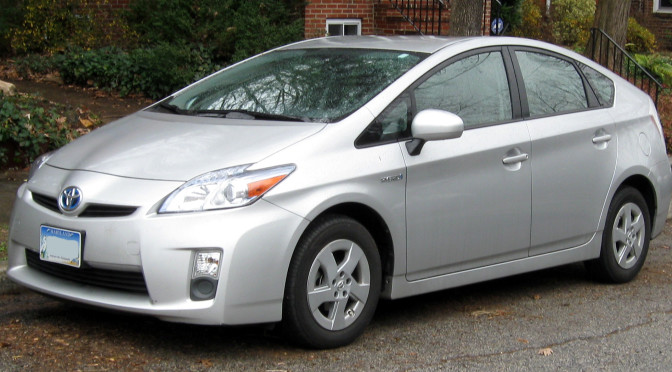



 Last year, the IIHS published their first list of used car recommendations for teenagers, and
Last year, the IIHS published their first list of used car recommendations for teenagers, and  Last year in 2014, the IIHS reported the median amount spent by parents on vehicles for teens was $5,300. Adjusting for inflation, this yields a sum of $5,327 in 2015. The IIHS states, once again, that parents should spend more money for more safety. Of course, the median household income in 2014, per the US Census Bureau, was $
Last year in 2014, the IIHS reported the median amount spent by parents on vehicles for teens was $5,300. Adjusting for inflation, this yields a sum of $5,327 in 2015. The IIHS states, once again, that parents should spend more money for more safety. Of course, the median household income in 2014, per the US Census Bureau, was $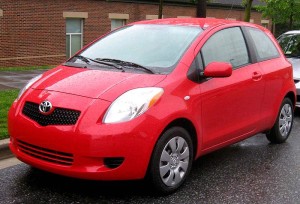
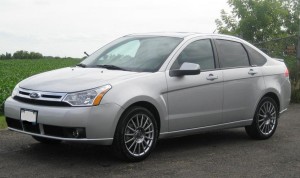
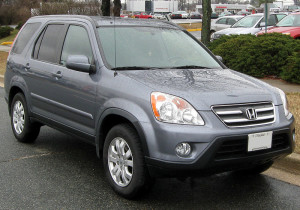 5+ Honda CR-V
5+ Honda CR-V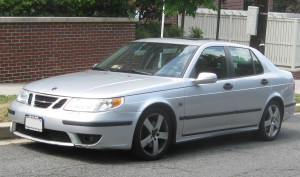 2004+ Saab 9-3
2004+ Saab 9-3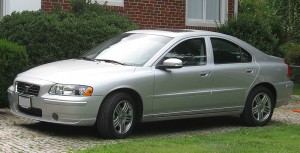
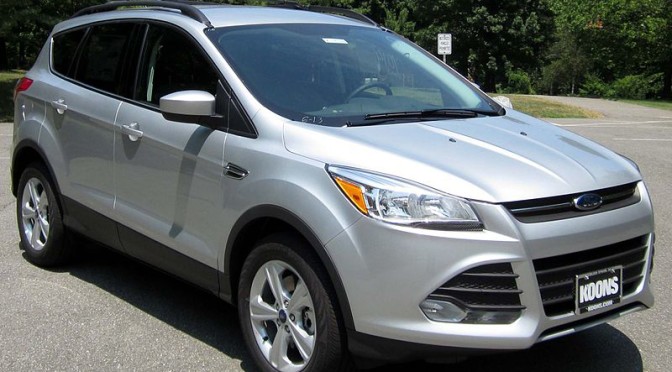

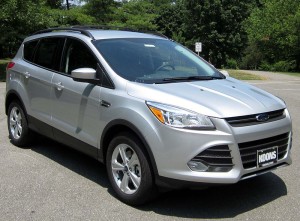 19.5 cm –
19.5 cm – 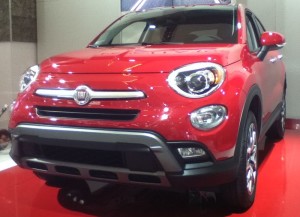 19 cm – 2016 Fiat 500X.
19 cm – 2016 Fiat 500X.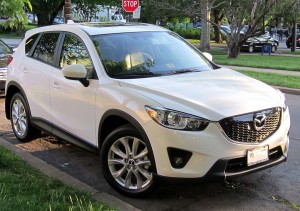 18.5 cm –
18.5 cm – 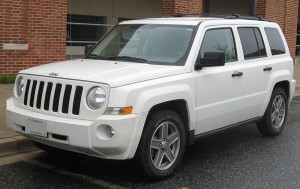
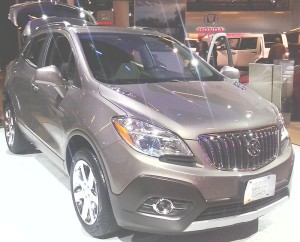 15.5 cm –
15.5 cm – 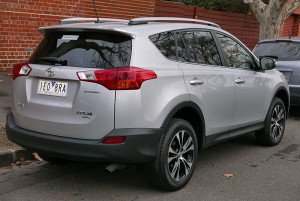
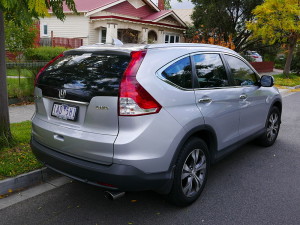
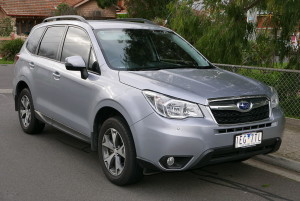
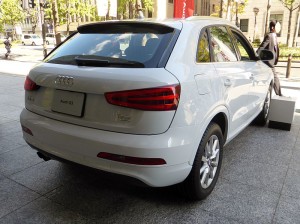 14 cm – 2015-2016 Audi Q3.
14 cm – 2015-2016 Audi Q3.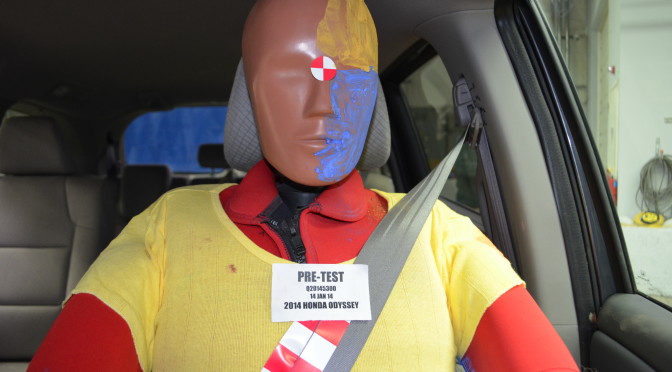
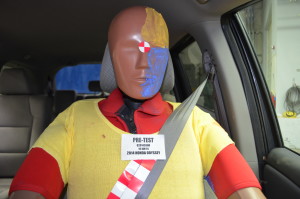
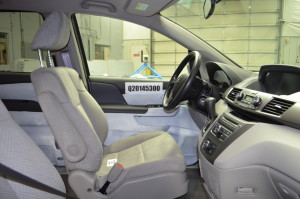 In other words, it has to do with how much force seats should be able to withstand in a vehicle during a collision to keep from failing, whether through disintegration, collapse, or disconnection. The problem is that the standard is a weak one, as are many other FMVSS standards, which means it has very little protective effect in a crash if a manufacturer doesn’t build beyond it. It was put into effect on January 1st, 1972, in a time where no vehicles in the US came standard with front or side air bags, ESC, or even ABS. Seat belt use was optional in all 50 states back then, and the road fatality rate was far worse than it is today. That’s the world the NHTSA is still living in with that standard.
In other words, it has to do with how much force seats should be able to withstand in a vehicle during a collision to keep from failing, whether through disintegration, collapse, or disconnection. The problem is that the standard is a weak one, as are many other FMVSS standards, which means it has very little protective effect in a crash if a manufacturer doesn’t build beyond it. It was put into effect on January 1st, 1972, in a time where no vehicles in the US came standard with front or side air bags, ESC, or even ABS. Seat belt use was optional in all 50 states back then, and the road fatality rate was far worse than it is today. That’s the world the NHTSA is still living in with that standard.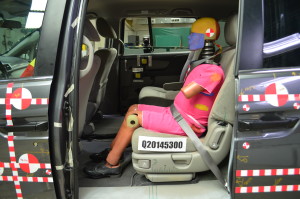 Make no mistake–this was a terrible, preventable tragedy. But it is important to note that it was preventable in many ways. One of the most obvious ways would have been through tougher federal standards in the case of FMVSS 207. Another would have been if Honda had spent a tiny amount more money per seat to reinforce their front seats beyond the government requirement. Another might have been if Taylor had been sitting in a different seat position, such as in the center position or in the 3rd row of the vehicle. Yet another, and that which we have the most control over as parents in any vehicle, would have been if Taylor had been rear-facing.
Make no mistake–this was a terrible, preventable tragedy. But it is important to note that it was preventable in many ways. One of the most obvious ways would have been through tougher federal standards in the case of FMVSS 207. Another would have been if Honda had spent a tiny amount more money per seat to reinforce their front seats beyond the government requirement. Another might have been if Taylor had been sitting in a different seat position, such as in the center position or in the 3rd row of the vehicle. Yet another, and that which we have the most control over as parents in any vehicle, would have been if Taylor had been rear-facing.